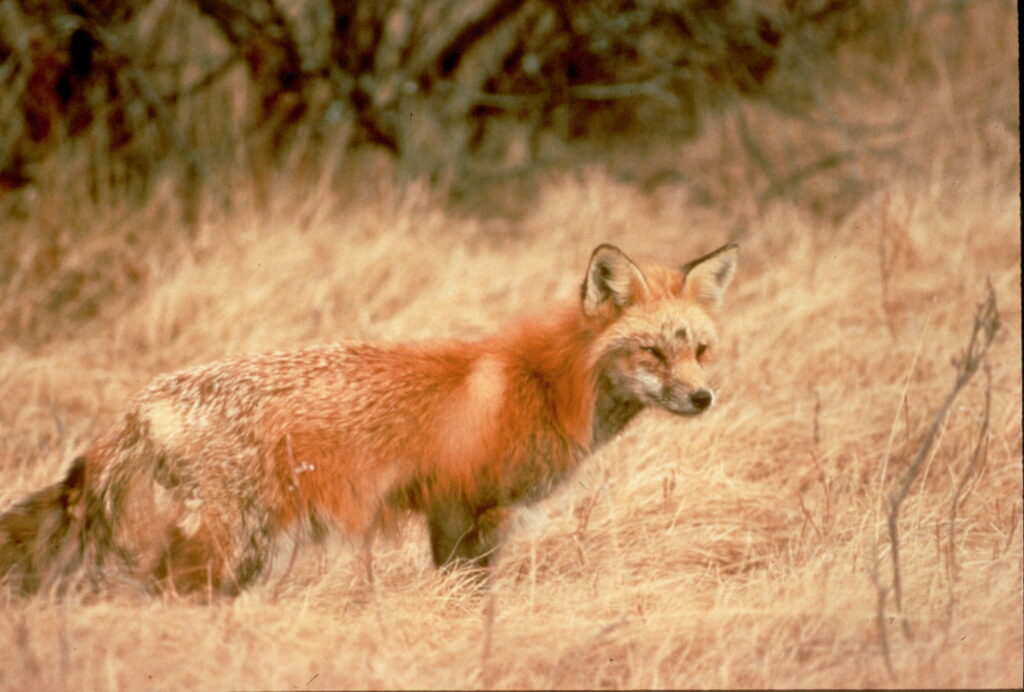
National Endangered Species Day
Today is National Endangered Species Day!
Take a moment today to think about the #EndangeredSpecies across the globe. National Endangered Species Day is the third Friday in May and is a day to share the importance of wildlife conservation and restoration.
In 1973 the Endangered Species Act was passed. The ESA is key legislation for both domestic and international conservation efforts by providing a framework to protect endangered and threatened species, as well as their habitats. The ESA helps the USA meet its international obligations under the Convention on International Trade of Endangered Species of Wild Fauna and Flora (CITES) and the Western Hemisphere Convention.
Some endangered species of foxes include the San Joaquin kit fox, a subspecies of the Kit fox which is listed as endangered on the US endangered species list and the Santa Catalina Island fox which is currently only listed as threatened. Other species like the Darwin’s Fox and Simien fox are considered Endangered by the ICUN. While not all species of foxes are considered threatened or endangered, they are all important members of the global ecosystem.
Read below to learn more about a vulnerable species who has yet to receive any protections:
Many species that need protections are not covered under the US ESA including the Sierra Nevada Red fox, a subspecies of the Red fox. Although the Red fox is well-known and widespread, this subspecies which is genetically and geographically distinct from other red foxes are some of the rarest mammals in North America. This subspecies is limited to two small populations in California that may consist of less than 50 individuals. After reaching a legal agreement in 2013 with the Center for Biological Diversity, the US Fish & Wildlife Service was required to make a decision regarding protecting the fox by 2015. The US Fish & Wildlife Service only added the species to a candidate waiting list and has still failed to provide any protections.
Photo credit: USFWS Pacific Southwest Region licensed under CC BY 2.0.
